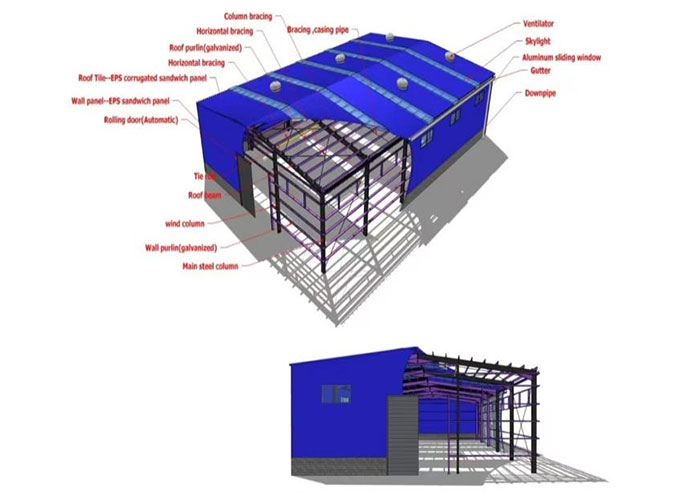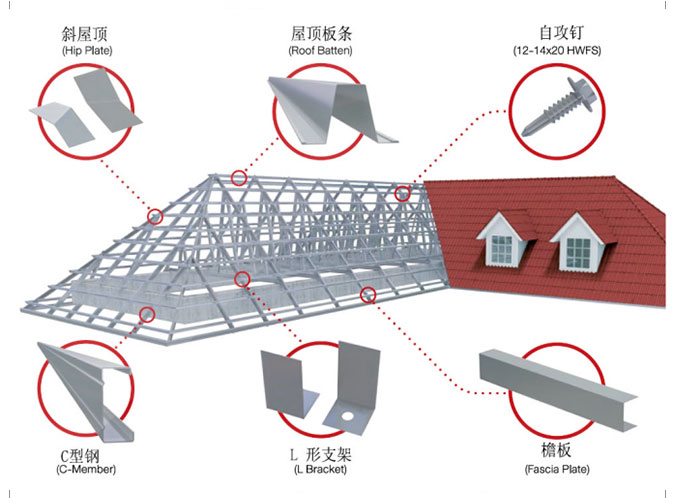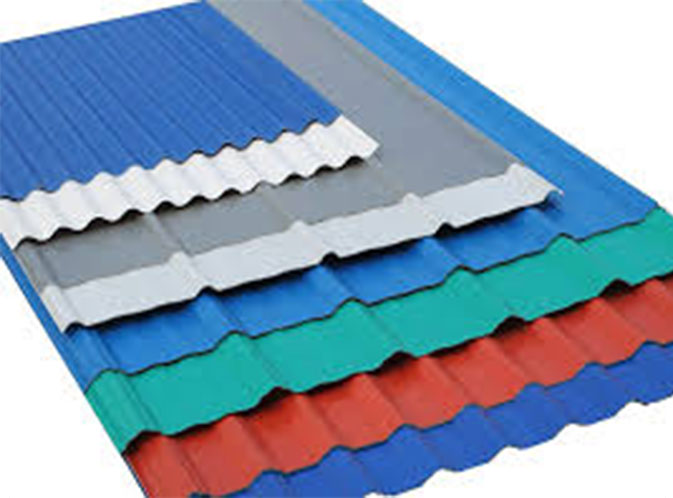With the rapid development of industrial automation technology, automated roll-forming machines are increasingly being adopted in building material production. Compared to traditional manual roll-forming machines, automated roll-forming machines demonstrate significant advantages in terms of production efficiency, precision, and operational convenience. However, the industry's rapid transformation also comes with certain challenges. This article will explore the core advantages and challenges of automated roll-forming machines, helping companies better understand the value of these machines in production.
Key Advantages of Automated Roll-Forming Machines
1. Increased Production Efficiency
Automated roll-forming machines, with their efficient production processes and intelligent control systems, can continuously and steadily produce roofing panels. This continuous operation significantly reduces downtime, achieving more than a 30% improvement in efficiency compared to traditional machines.
2. Enhanced Product Quality
Automated equipment maintains high consistency during the forming and cutting processes, ensuring that each panel’s size, thickness, and appearance meet design specifications. This results in a lower defect rate in products.
3. Reduced Labor Costs
With an automated control system, operators only need to set parameters and monitor machine operation at the beginning, without engaging in cumbersome manual tasks. This not only reduces reliance on highly skilled labor but also decreases labor costs.
4. Improved Working Environment
Traditional roll-forming machines may have issues such as high noise levels and intense manual operation. Automated machines, on the other hand, reduce the workload of operators and significantly lower noise and other adverse factors, creating a more comfortable working environment.
5. Data Tracking and Optimization
Modern automated roll-forming machines are equipped with intelligent monitoring systems that collect real-time production data. This enables companies to optimize production processes and improve overall production management. Additionally, this data supports predictive maintenance, minimizing downtime caused by equipment failures.
Challenges Faced by Automated Roll-Forming Machines
1. High Initial Investment Costs
The purchase, installation, and training costs for automated equipment are substantial, which can be a significant investment for small and medium-sized enterprises.
2. Increased Maintenance and Technical Support Needs
The complexity of automated machines requires specialized technicians for maintenance and repairs. A lack of technical support can compromise the machine's operation and efficiency.
3. Technical Compatibility Issues
Some companies may find it difficult to integrate automated machines with their existing production lines. Implementing automation often necessitates adjustments to current production processes, which can result in extra time and cost investments.
4. Workforce Skills Transition
As automated machines become more widespread, the skills of traditional operators may no longer meet the new equipment's requirements. Companies need to invest resources in training employees to adapt to technological upgrades.
5. Impact of Market Demand Fluctuations
Automated machines are typically suited for large-scale production. However, when market demand fluctuates significantly, the high fixed costs of automated equipment can impact a company’s flexibility and profitability.
Strategies to Address Challenges
1. Gradual Introduction of Automation
Companies can choose a phased approach to introduce automated machines, starting with upgrading key production stages to spread out initial investment costs.
2. Partnering with Technology Suppliers
Selecting reliable automation equipment suppliers ensures continuous technical support and maintenance services throughout the machine's lifecycle.
3. Strengthening Employee Training
Through specialized training programs, employees can learn how to operate and maintain automated machines, reducing staff turnover and efficiency losses caused by technological transitions.
4. Optimizing Financial Management
Companies can alleviate the financial burden of equipment purchase costs through government subsidies, bank loans, or leasing options.
5. Flexible Production Strategies
During market demand fluctuations, optimizing production schedules and machine utilization can improve flexibility, ensuring profitability remains maximized.
Conclusion
Automated roll-forming machines, with their high efficiency, precision, and reduced dependence on human labor, are becoming essential equipment in building material production. However, challenges such as high costs, technical compatibility, and market demand fluctuations require more sophisticated management capabilities. Through strategic planning and sensible investments, companies can fully leverage the advantages of automation technology, achieving more efficient and environmentally friendly production goals, and injecting new vitality into the industry's development.























